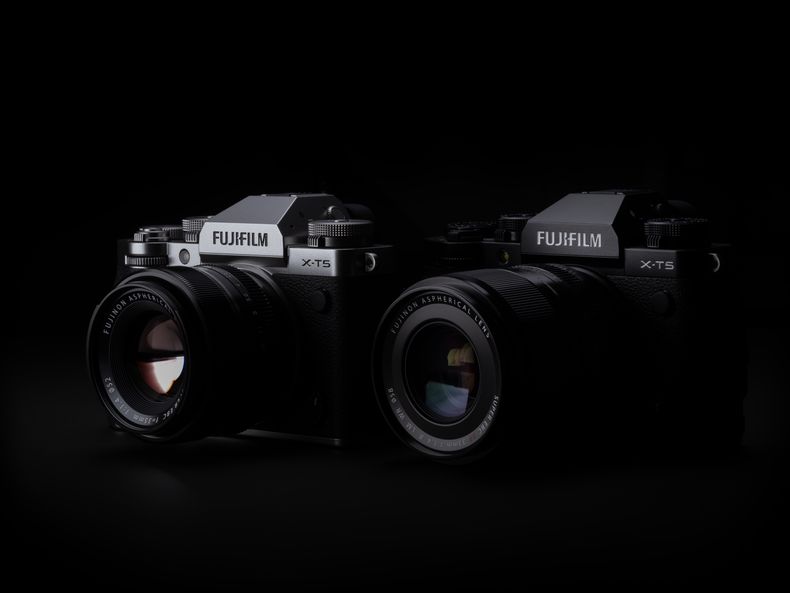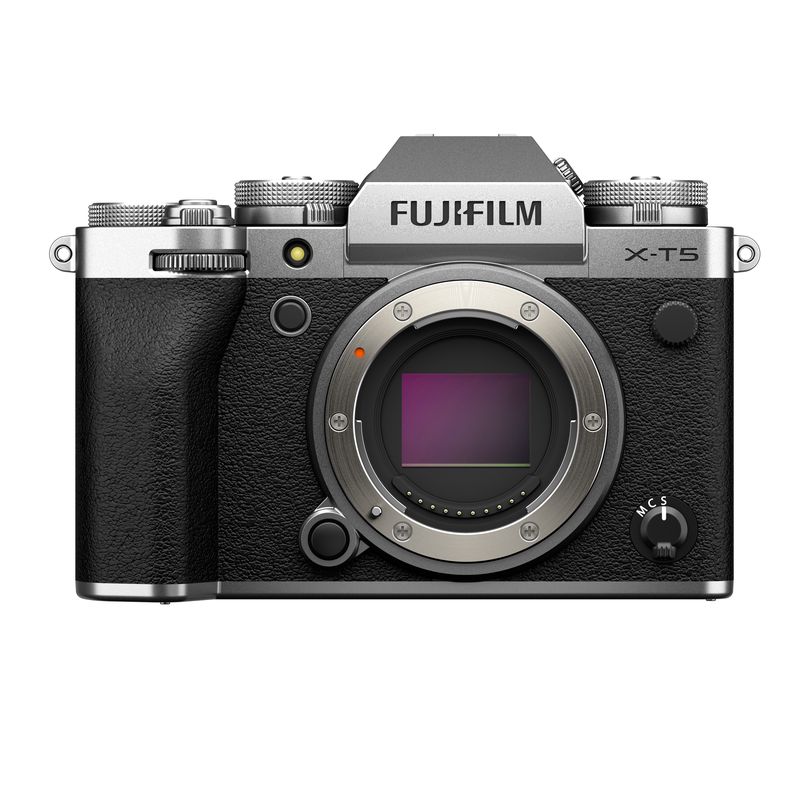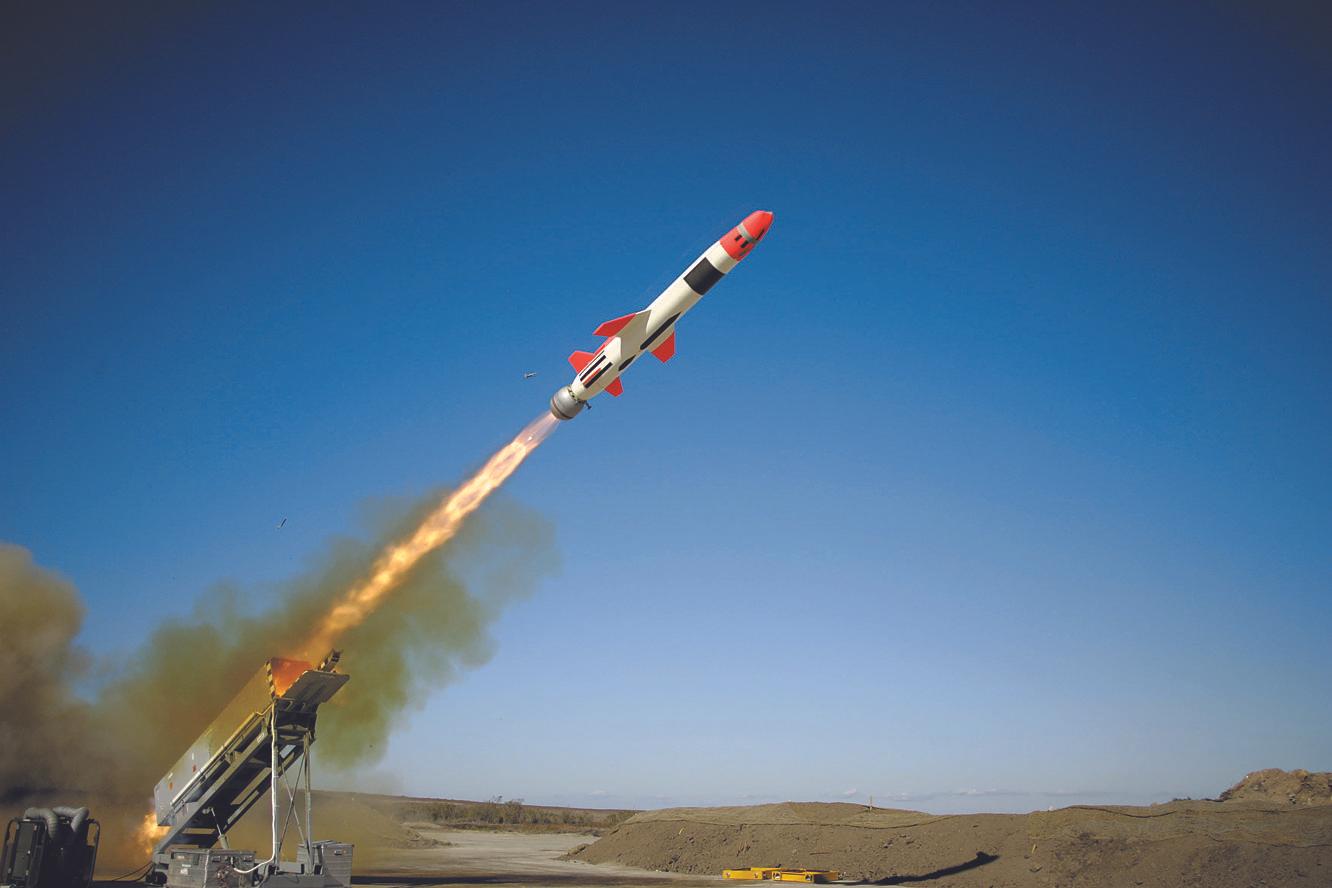Recently, Fujifilm launched the new X-T5 system camera, with a number of technological innovations.
Firstly, this is a compact system camera with an APS-C chip with a resolution of 40 megapixels. The same chip is already found in Fujifilm’s X-H2, the highest resolution ever on an image chip of this size.
160 megapixels
If the resolution of 40 megapixels is still not enough, you can use a function that Hasselblad was first developed at that time, in which the camera’s chip-based image stabilizer moves the image slice slightly between each exposure.
In this way, the camera can combine multiple exposures into a single 160MP image.
You should of course then use the camera on a tripod and get a steady subject. This is not something you picture kids, football players, or racing cars.
The camera chip has a standard sensitivity of 125 ISO, and can set a whopping 1/180,000 second electronic shutter speed. Previous models had 1/32000 second as the fastest shutter speed with electronics.
With an electronic shutter, the X-T5 will manage up to 20 fps, while with a mechanical shutter, the maximum speed will drop to 15 fps.
You can of course also record video with the X-T5, the maximum quality being 6K at 30 fps, or 4K at 60 fps. With normal FullHD, it will be able to handle up to 240 frames per second on video.
The Fujifilm XT5 will be available in Norway at the end of November 2022, and the indicative price will be as follows:
- X-T5 camera housing: 21999 NOK
- X-T5 with XF 18-55mm lens: NOK 25,999
- X-T5 with XF 16-80mm lens: NOK 26,999

Fujifilm’s proprietary chip technology
In its time, Fujifilm developed its own chip technology that can provide clearer images and better color reproduction at the pixel level, and the X-T5 photo chip is a further development of that.
In short, almost all digital cameras use the so-called Bavaria-pattern. The pixel sensor is essentially unable to see color, only different degrees of light intensity, which are then converted into electrical signals. By placing a color filter over the image slice, so that some pixels are red, some are blue, and some are green, the camera can calculate what the colors should be.

The problem with the Bayer pattern is that 50 percent of the pixels are green, while the rest are evenly distributed between red and blue. This means that every other row and column lacks these colors, and the camera then has to accurately calculate how a photo should look on a slightly disappointing basis.
What Fujifilm has done with its chip technology is that it uses a larger repeating pattern than the Bayer 2×2 model. Although the color distribution is almost the same, you can therefore ensure that all lines and columns contain data from all colors.
This way you can get clearer images and better color reproduction. But it is not free. A larger pattern requires more computing power, and more computing power means more power consumption.
This means that this solution was not available at the beginning of the digital camera, but a few years ago the technology advanced enough that this was a possible solution.
comments:
We have changed the comment system for the article. To create a user account, you need to register with BankID.

“Web specialist. Lifelong zombie maven. Coffee ninja. Hipster-friendly analyst.”


